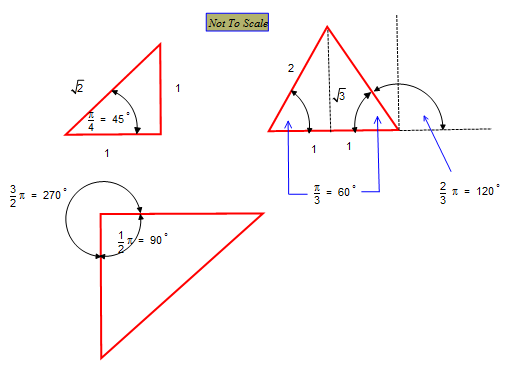How do you find the exact value for #sin((3pi)/2)tan(pi/4) - cos((2pi)/3)#?
1 Answer
Explanation:

A diagram Usually helps understanding
So
'~~~~~~~~~~~~~~~~~~~~~~~~~~~~
Given that the hypotenuse is of constant length:
As
dragging the opposite with it. In other words the opposite gets closer and closer to the point where you are measuring the angle.
This continues until you reach
However, in the quadrant of
So
'~~~~~~~~~~~~~~~~~~~~~~~~~~~~~~~~
'~~~~~~~~~~~~~~~~~~~~~~~~~~~~~~~~
Given:

